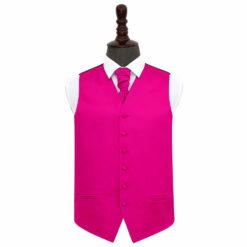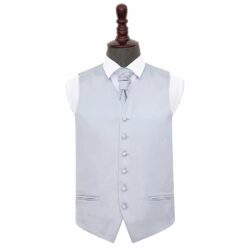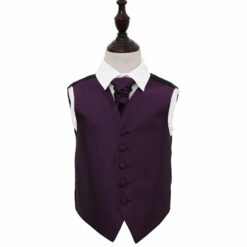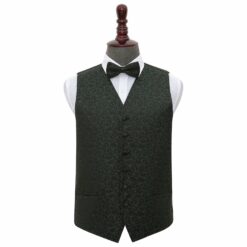Weddings has always been a fascinating topic to talk about. Aside from all the fun and festivities, you might be curious about wedding traditions and what they actually mean.
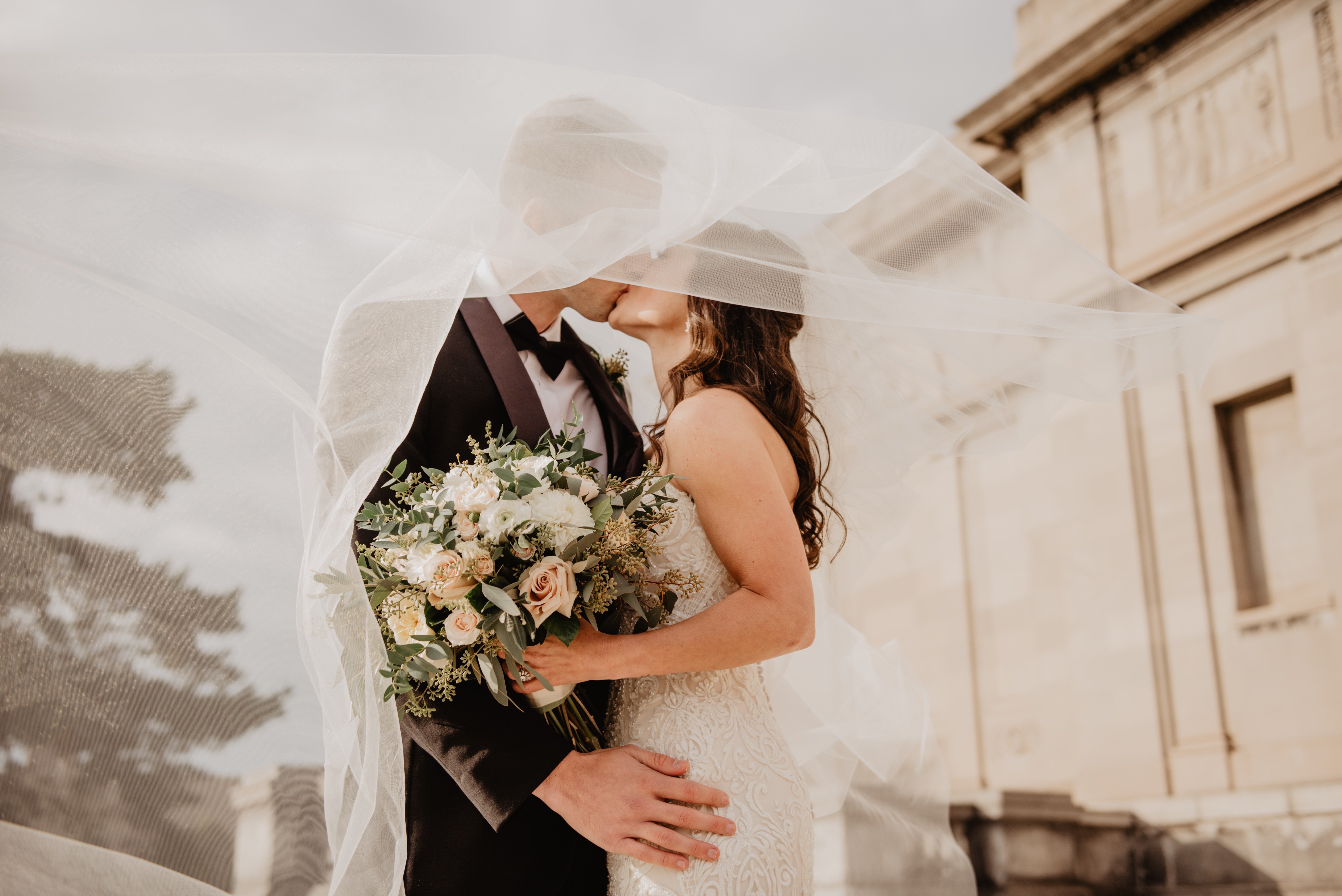
We’re as curious as you are. So, we’ll discuss where wedding traditions come from and what they are for.
So, take a step back from wedding planning, wedding cravats, top hats, and flower arrangements to have a little history lesson on where it all came from!
The Origin of Marriage
A lot of these traditions began in ancient Egypt, Rome and Greece. As time goes by, different cultures have created their own wedding customs.
Many of these customs have stood the test of time and have evolved into the wedding traditions that we are familiar with and eventually adopted today.
But the origin of marriage goes way back to 23,000 years ago when hunter-gatherers became farmers, and gender roles around the household started.
Men were responsible for gathering food while women stayed at home to rear children. Marriage soon became necessary as a way to ensure the survival of their children.
The Ring
Ever wondered why we wear our wedding and engagement rings on the “ring finger” on our left hand?

It’s said that this originated from the Egyptians, who believe that the vein in this finger is the longest and leads directly to the heart.
But here’s an English fun fact: the wedding ring itself is a British custom.
King Edward VI, who ruled during the 15th Century, thereafter designated the third finger of the left hand as the official wearing place for all wedding rings within his kingdom.
Back then, the earliest rings were made of iron. Then through the course of time, the traditional golden wedding ring became a representation of wealth and power.
Old, New, Borrowed, & Blue
This is the rhyme that all little girls learn when they’re dreaming about marrying their prince. But the true meaning of these tokens are often forgotten.
-
Something old represents the bride’s link with her family history. Often, the bride will wear an heirloom, or maybe carry a family bible or prayer book.
Some brides opt to get their mother’s dress altered to fit them, which is a lovely and absolutely personal idea.
-
Something new is supposed to represent good fortune and success for the couple and the bride’s life. This can be anything from the dress to the shoes!
-
Something borrowed is to represent the bride’s relationship with her friends and family and how they will always be there for her. This can be anything as well! The nice thing about this is that it will be so personal between the bride and her lender.
-
Something blue dates back to biblical times when the symbolism of the colour blue in early Christianity was associated with the Virgin Mary, who is often depicted wearing a blue robe; thus, representing purity as well as fidelity.

This is often the bride’s garter, but it can also be flowers, shoes, or a piece of jewelry.
The Veil
Ever wondered why the bride has to cover up her beautiful face on her wedding day when all we want to do is see it?
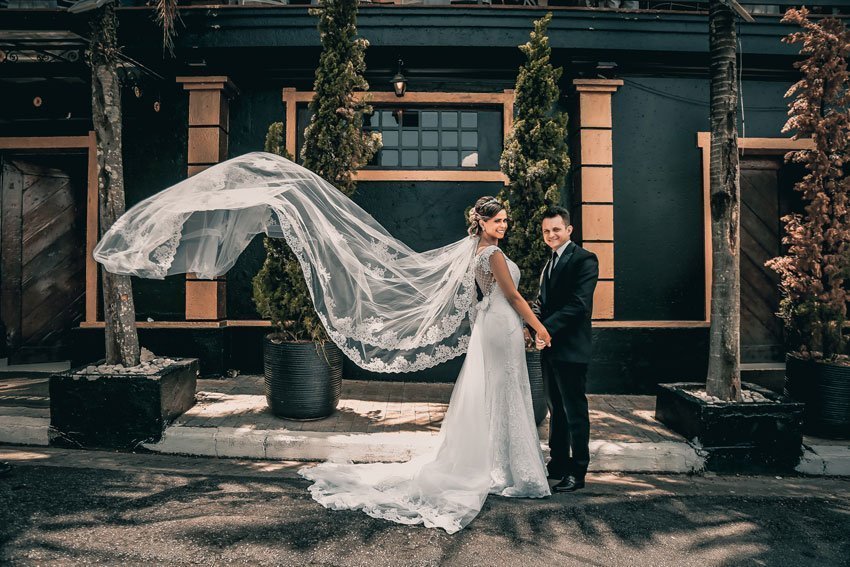
Nowadays, it is believed that it’s supposed to hide her beauty and ward off evil spirits until the couple officially tied the knot.
But originally, this wedding tradition dates back to the origin of arranged marriages. The grooms family would not allow him to see his bride until the wedding day.
The veil was used to hide the bride’s appearance so if ever that he didn’t like her looks, there will be no chance of him not agreeing to marry her until they both are facing the altar.
The Honeymoon
The tradition of going on a honeymoon after a wedding, goes way back to the 5th century when cultures represented the calendar time in moon cycles.
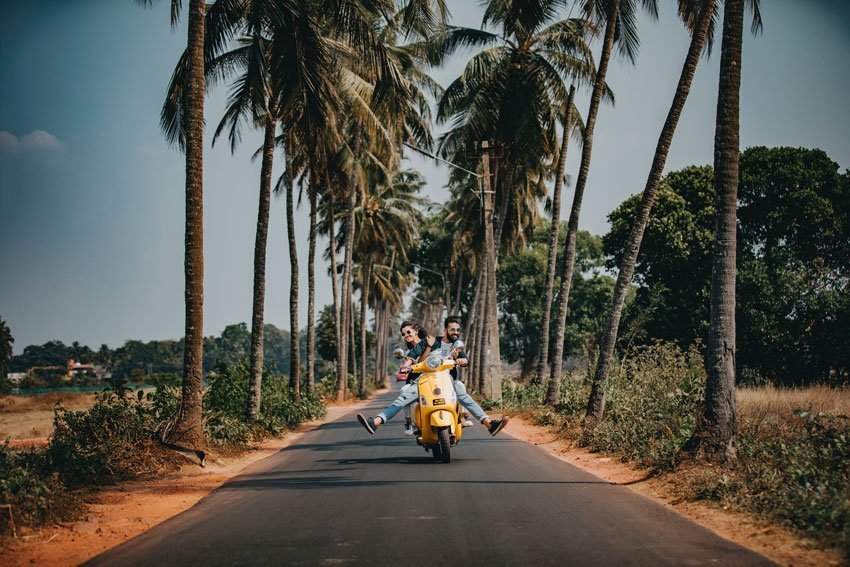
After the marriage, the couple would drink mead, an alcoholic beverage made of honey during their first moon of marriage.
Etiquette says that the groom should organise the honeymoon as a surprise for his new wife. How true this is in 21st century weddings, we’re not so sure, but it would definitely be a chivalrous thing to do.
A Look Back As We March Forward
Whether you’re planning your own wedding, attending one soon, or just doing a research, hopefully this cleared up a few questions that you might have had about these wedding traditions.
It was a long journey of how much these wedding traditions have changed since they’ve originated. Indeed, these wedding customs are just guides, but history has taught us that being creative is truly a must when planning your special day.
Our ancestors surely are serious when it comes to wedding traditions, as well as DQT is also serious when it comes to grooms wear. We definitely want the best look for all grooms out there!
So, never settle for less and shop only here at DQT!




